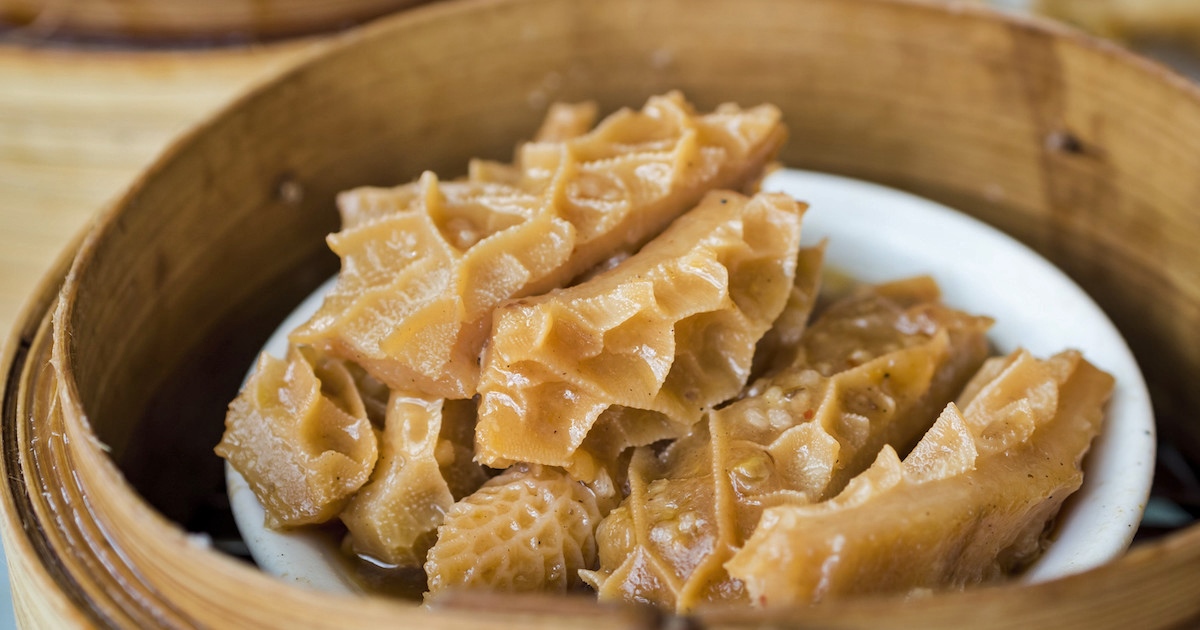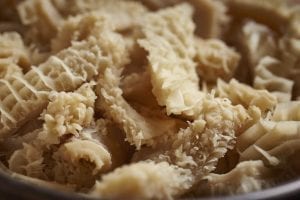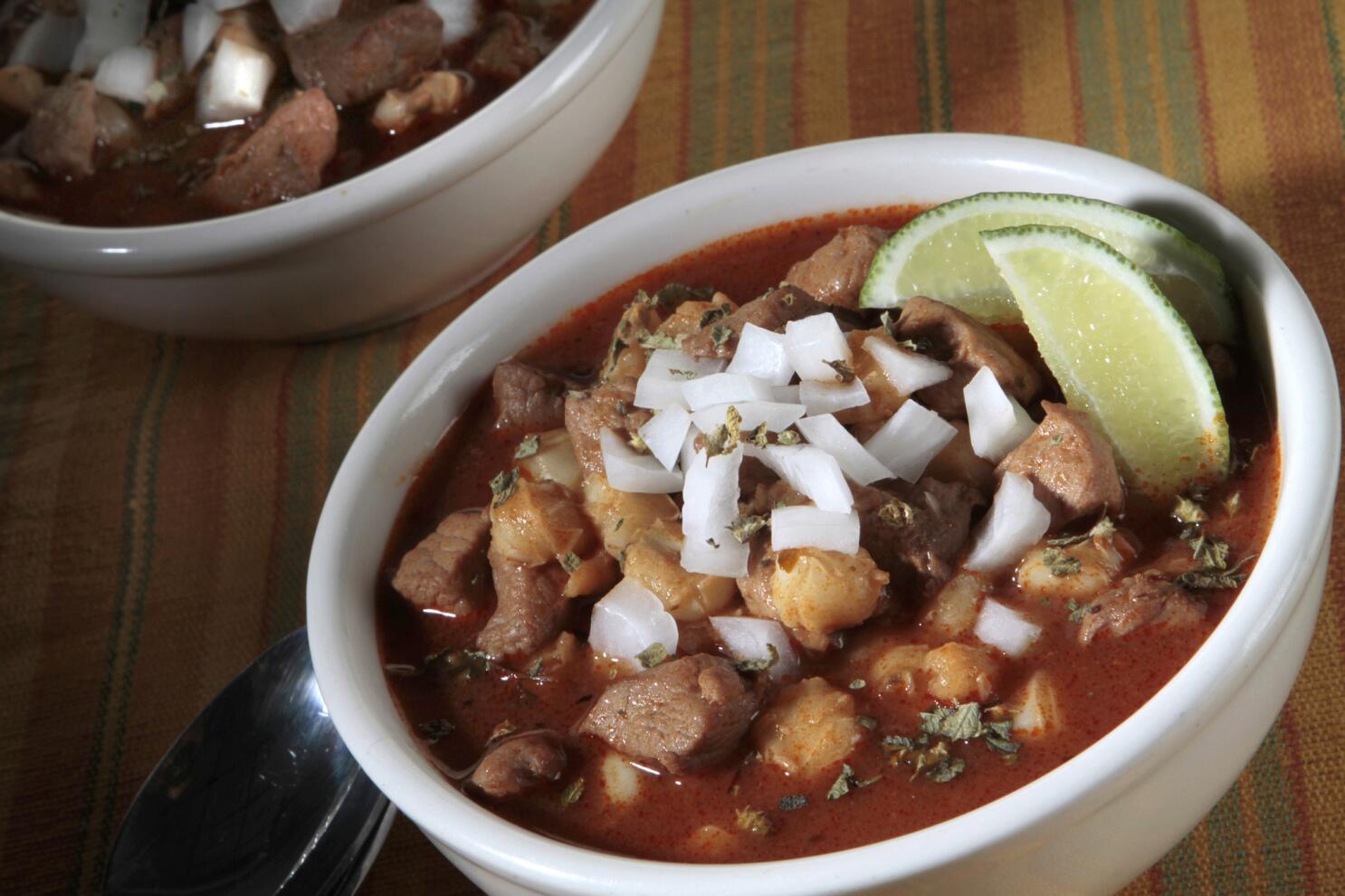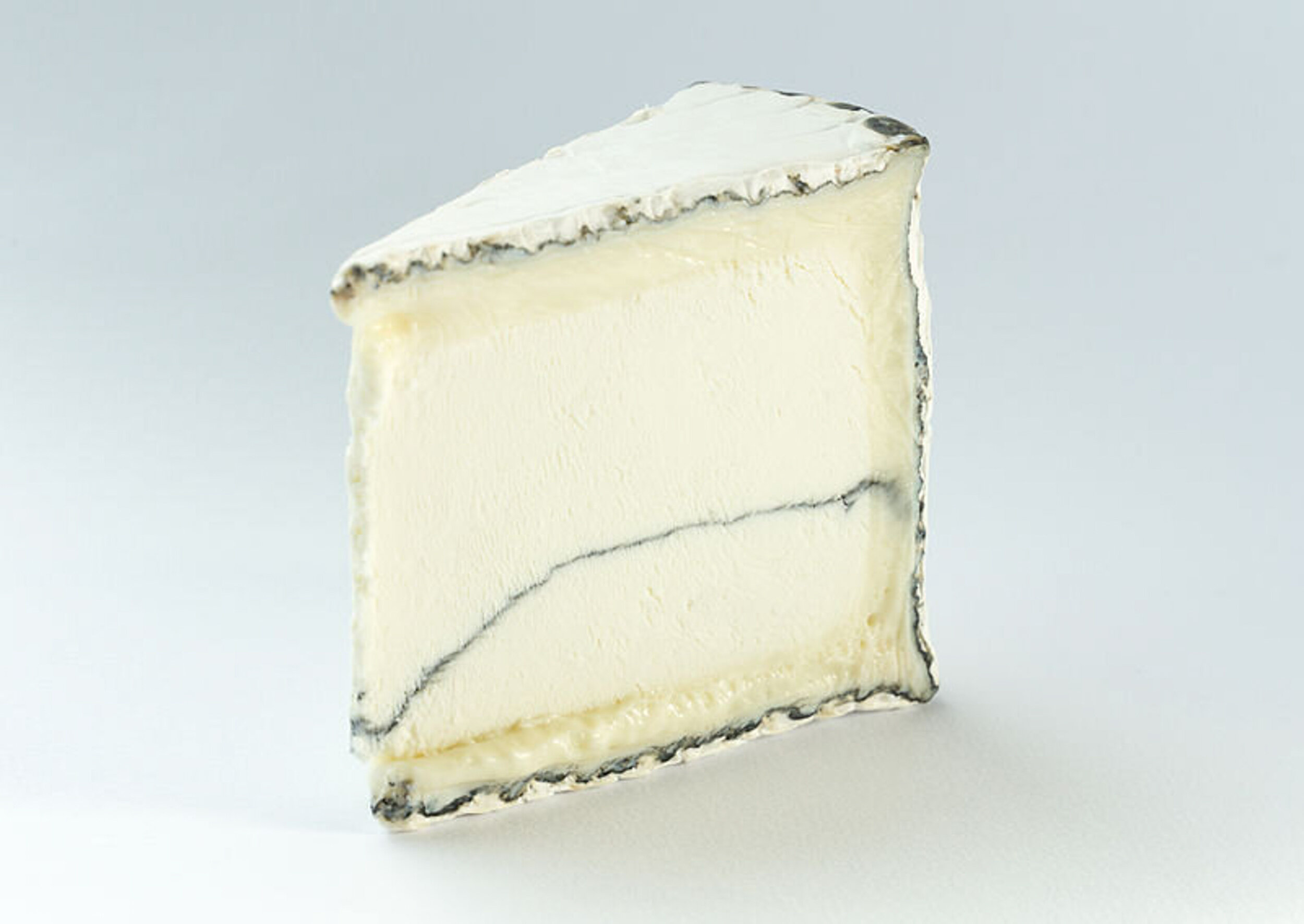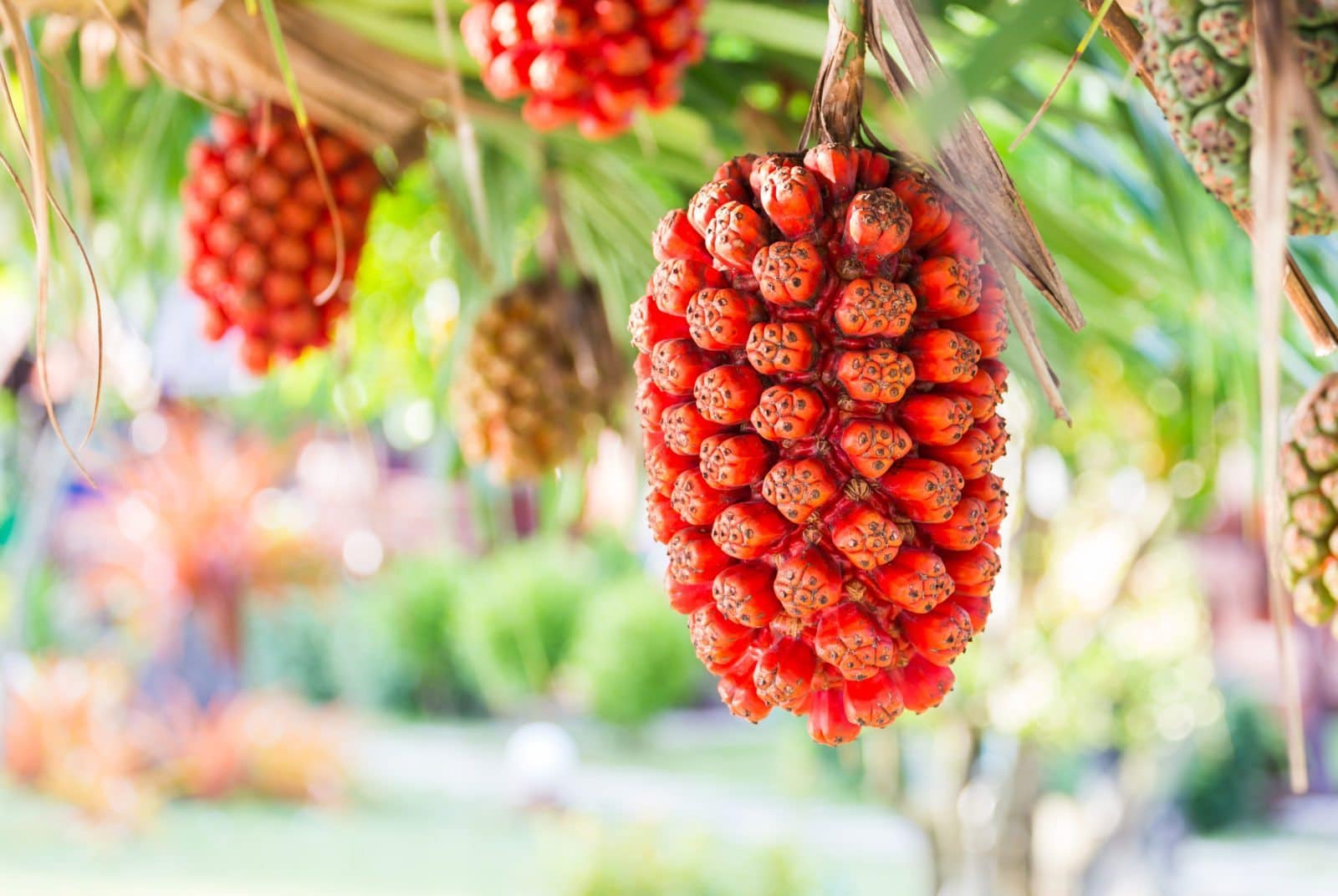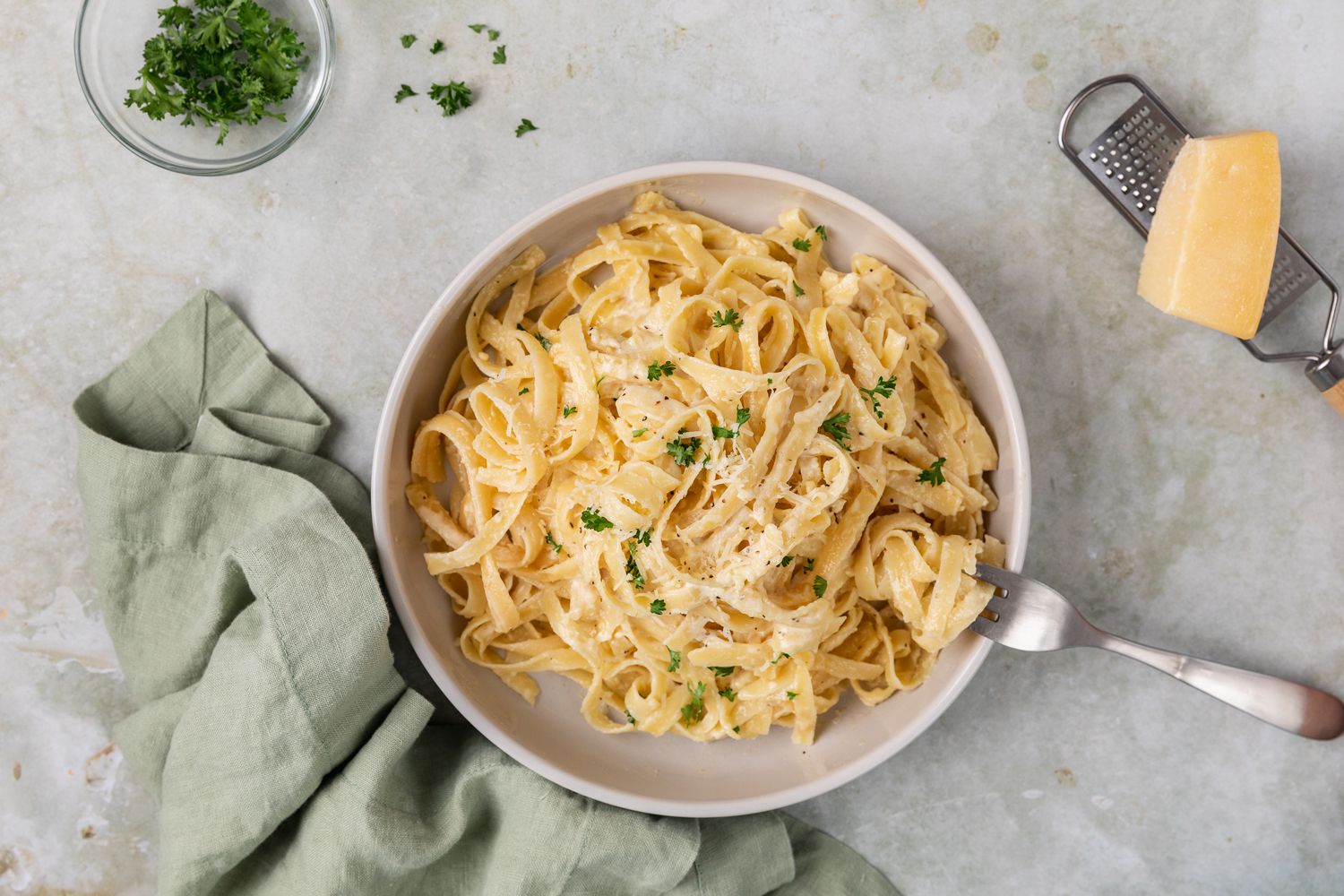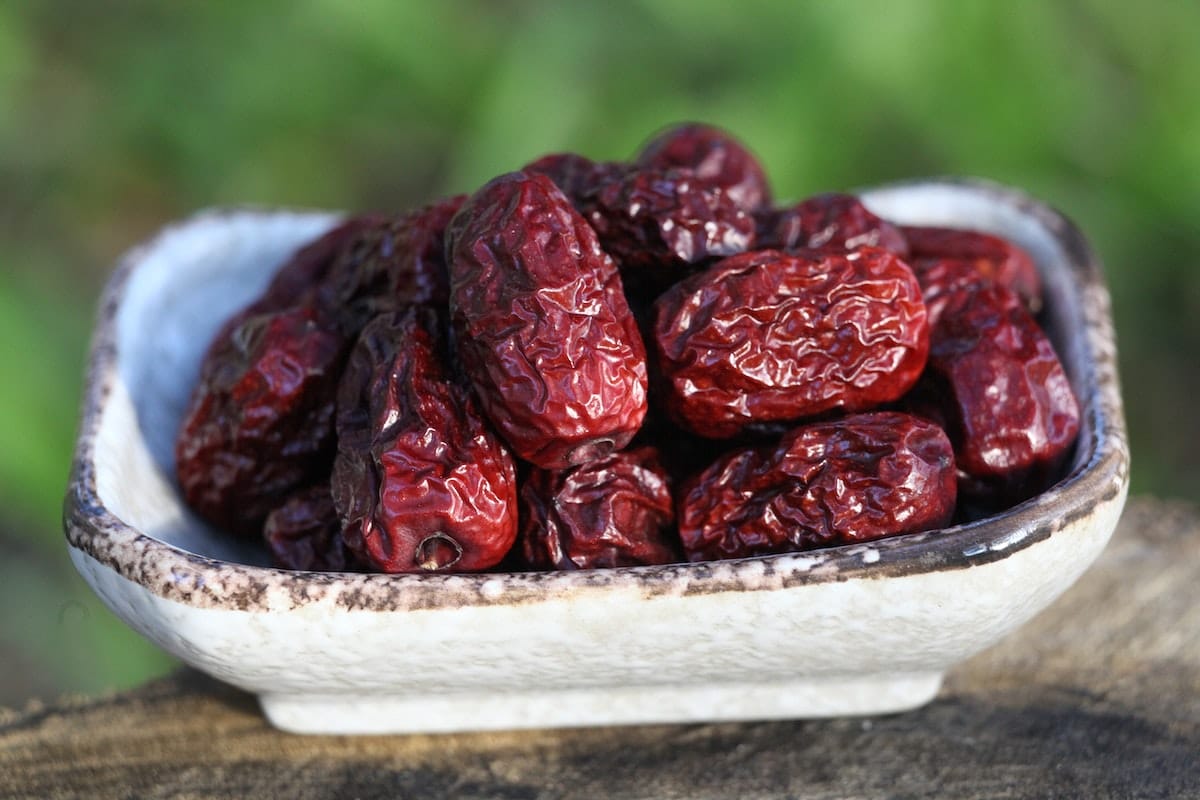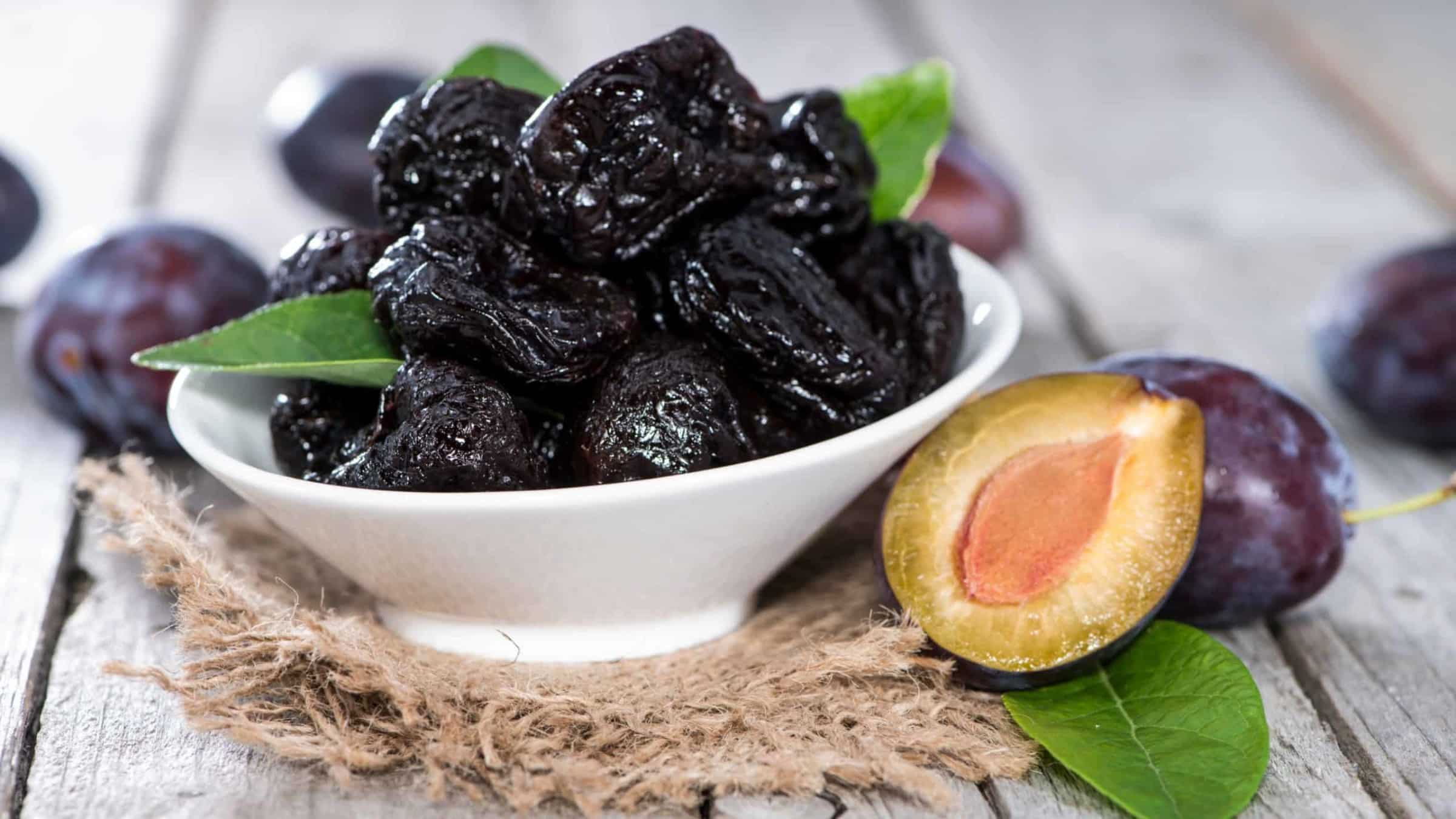What is Beef Tripe?
Beef tripe is a type of edible offal that comes from the stomach of a cow. It is known for its unique texture and flavor, and it is a popular ingredient in many cuisines around the world. Tripe can be found in various forms, including honeycomb tripe, blanket tripe, and book tripe, each with its own distinct appearance and texture.
Preparing Beef Tripe
Before cooking beef tripe, it is important to thoroughly clean and prepare it. Start by rinsing the tripe under cold water to remove any excess fat or impurities. Then, blanch the tripe in boiling water for a few minutes to further clean and tenderize it. Once the tripe is clean, it can be sliced or chopped according to the recipe’s requirements.
Cooking Beef Tripe
Beef tripe can be prepared in a variety of ways, including boiling, stewing, frying, or grilling. One popular method is to braise the tripe in a flavorful broth or sauce until it becomes tender and absorbs the delicious flavors. Tripe can also be added to soups, stews, or stir-fries to add a unique texture and depth of flavor to the dish.
Delicious Beef Tripe Recipes
If you’re looking to explore the world of beef tripe, here are a few delicious recipes to try:
- Tripe Soup: Simmer beef tripe with vegetables and herbs to create a hearty and comforting soup.
- Tripe Tacos: Sauté sliced tripe with spices and serve it in warm tortillas with your favorite taco toppings.
- Stir-Fried Tripe: Quickly stir-fry tripe with vegetables and a savory sauce for a flavorful and satisfying dish.
Health Benefits of Beef Tripe
Beef tripe is not only delicious but also nutritious. It is a good source of protein, vitamins, and minerals, making it a valuable addition to a balanced diet. Tripe is also low in fat and calories, making it a healthy choice for those looking to maintain a nutritious diet.
Where to Buy Beef Tripe
Beef tripe can be found at many butcher shops, specialty meat markets, and grocery stores. Look for fresh, high-quality tripe to ensure the best flavor and texture in your dishes. Some stores may also offer pre-cleaned and pre-cut tripe for added convenience.
Exploring the World of Beef Tripe
Whether you’re a seasoned tripe enthusiast or new to the world of offal, beef tripe offers a unique and flavorful culinary experience. With the right preparation and cooking techniques, beef tripe can be transformed into delicious and satisfying dishes that are sure to impress your family and friends.
So, the next time you’re looking to expand your culinary horizons, consider adding beef tripe to your shopping list and embark on a delicious adventure in the world of offal cuisine.
More Delicious Ways to Enjoy Beef Tripe
After mastering the basics of preparing beef tripe, why not expand your culinary horizons with a variety of international dishes that showcase this unique ingredient? From the robust flavors of Explore Menudo Recipe to the delicate spices in Try Vietnamese Pho with Tripe, there's a world of recipes to explore. I recommend starting with the Discover Trippa alla Romana for its rich tomato base and savory pecorino cheese. For those adventurous in taste, the Experience Sichuan Tripe Stir-Fry offers a fiery kick that highlights tripe's ability to absorb flavors. Each recipe provides a different way to appreciate the texture and versatility of tripe, making them must-tries for any offal enthusiast.
